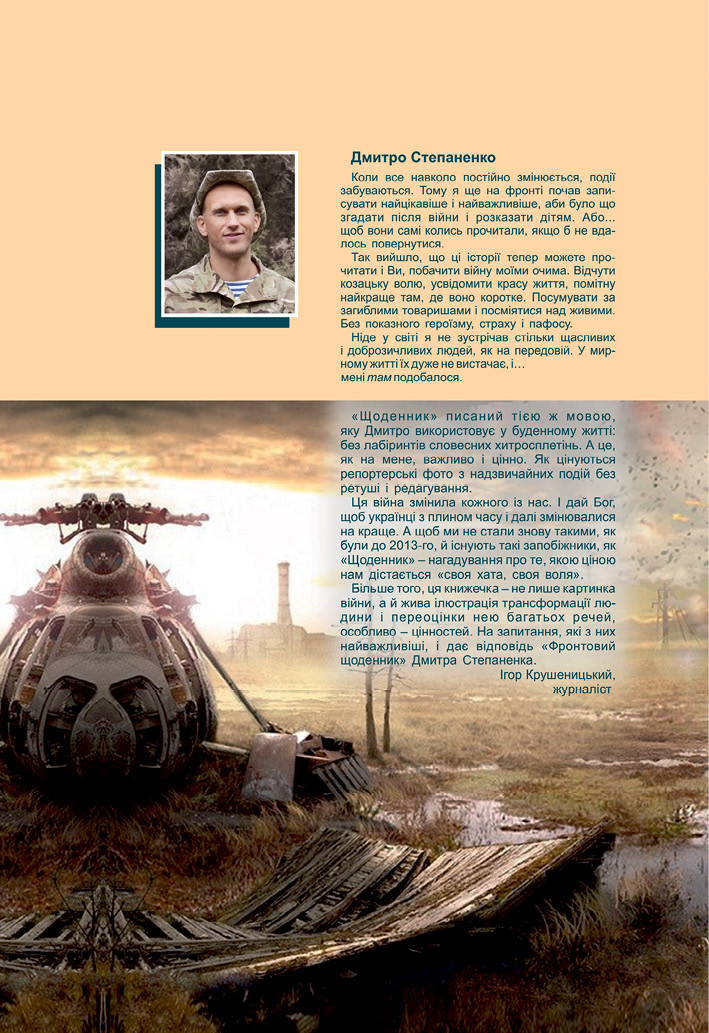Читати книгу - "Genghis Khan and the Making of the Modern World"
Шрифт:
Інтервал:
Добавити в закладку:
When plague broke out in the Mongol army, it forced Yanibeg to lift the siege and retreat, but the disease readily spread from the Mongol camp to the adjacent port. According to a single European report, Yanibeg had the bodies of plague victims catapulted over the walls and into the city, and though the Genovese tried to dispose of the bodies by throwing them in the sea, the disease erupted. Though often repeated, the story was not based on eyewitness accounts; the only known source for it comes from the papers of a lawyer, Gabriele de Mussis, who worked near Genoa in the town of Piacenza. He claimed, in turn, to have heard the story from some sailors. Since the dead bodies could not breathe on their intended targets and spread the disease in the common manner, they would have needed to carry living fleas to infect the city. The story seems doubtful, not because the Mongols were unwilling to spread the disease in that manner, but because it probably would not have been a strategy likely to succeed.
With or without human intention, the disease was already spreading and would continue to do so. When the Genovese and other refugees fled the port by boat, they took the disease with them to Constantinople, from where it easily spread to Cairo in Egypt and to Messina in Sicily. If the city was the ideal home for the plague, the closed environment of the ship was the ideal incubator, a place where humans, rats, and fleas could mix intimately without the noxious presence of horses or fire, the two things that fleas most avoid. Freed from the comparatively slow movement on the trading route, where the disease had to wait for precisely the right cart or cargo of goods, the plague spread with the speed of the wind in the sails. In 1348, it ravaged the cities of Italy, and by June of that year entered England. By the winter of 1350, the plague had crossed the North Atlantic from the Faeroe Islands on through Iceland and reached Greenland. It may have killed 60 percent of the settlers of Iceland, and the plague was probably the single most important factor in the final extinction of the struggling Viking colony in Greenland.
In the sixty years from 1340 until 1400, according to some estimates, the population of Africa declined from 80 million to 68 million inhabitants, and Asia from 238 million to 201 million. The total world population—including the Americas, where the plague did not strike for another two centuries—fell from approximately 450 million to between 350 and 375 million inhabitants, a net loss of at least 75 million, or more than a million people a year for the remainder of the fourteenth century. As more evidence accumulates, scholarly research continues to push the losses higher. The population of Europe declined from around 75 million to 52 million. With a death toll of around 25 million the loss in the European continent alone was roughly the same as the total worldwide toll of AIDS in the twentieth century. For Europe in the fourteenth century, however, the figure represented between a third and one-half of the total population. By comparison, in the tremendous destruction of World War II in Europe, Great Britain lost less than 1 percent of its population, and France, the scene of much fighting, lost 1.5 percent of its population. German losses reached 9.1 percent. Widespread famine pushed the World War II death rates in Poland and Ukraine toward 19 percent, but even these remained well below the rates for the plague in the fourteenth century.
The plague left some areas completely depopulated, while a few cities survived virtually unscathed. One of the few effective measures was taken by the city of Milan. As soon as plague broke out in a house, officials raced to seal up the entire house with everyone—sick and well, friends and servants—sealed inside. Other cities tried less effective means, such as the ringing of bells or the banning of the ringing of bells. Whether it erupted in a particular community or not, the epidemic permanently changed life in every region of the continent. The plague effectively destroyed the social order that had dominated Europe since the fall of Rome, leaving the continent in dangerous disorder. The disease brought down urban dwellers more readily and thereby destroyed the educated class and the skilled craftsmen. Inside and outside the cities, the closed and polluted environments of monasteries and convents provided an ideal opportunity for the disease to kill everyone, a tragedy from which European monasticism in particular, and the Roman Catholic church in general, never recovered. Dense villages faced a similar danger, as did the residents cooped up inside castles and manorial estates.
The social impact of the plague was best recorded in Florence, where it erupted in 1348, in the writings of Giovanni Boccaccio, one of many to lose numerous family members and close friends. In his Decameron, ten young noble ladies and ten men flee the plague and find refuge in a country estate, passing the time by telling tales. In the world described by Boccaccio, husband deserted wife, mother abandoned child just to escape the plague. So many died that priests had no time to offer services and diggers could not accommodate the bodies, which were then tossed into group graves or left for dogs and pigs to eat. The “venerable authority of laws, human and divine, was abased and all but totally dissolved.” Officials were “unable to execute any office; whereby every man was free to do what was right in his own eyes.”
Without understanding the disease’s true cause or methods of transmission, people still quickly recognized its close association with commerce and the movement of people in and out of cities. The writings of Boccaccio, Petrarch, and others of the time show the two primary
!Увага!
Сайт зберігає кукі вашого браузера. Ви зможете в будь-який момент зробити закладку та продовжити читання книги «Genghis Khan and the Making of the Modern World», після закриття браузера.
























